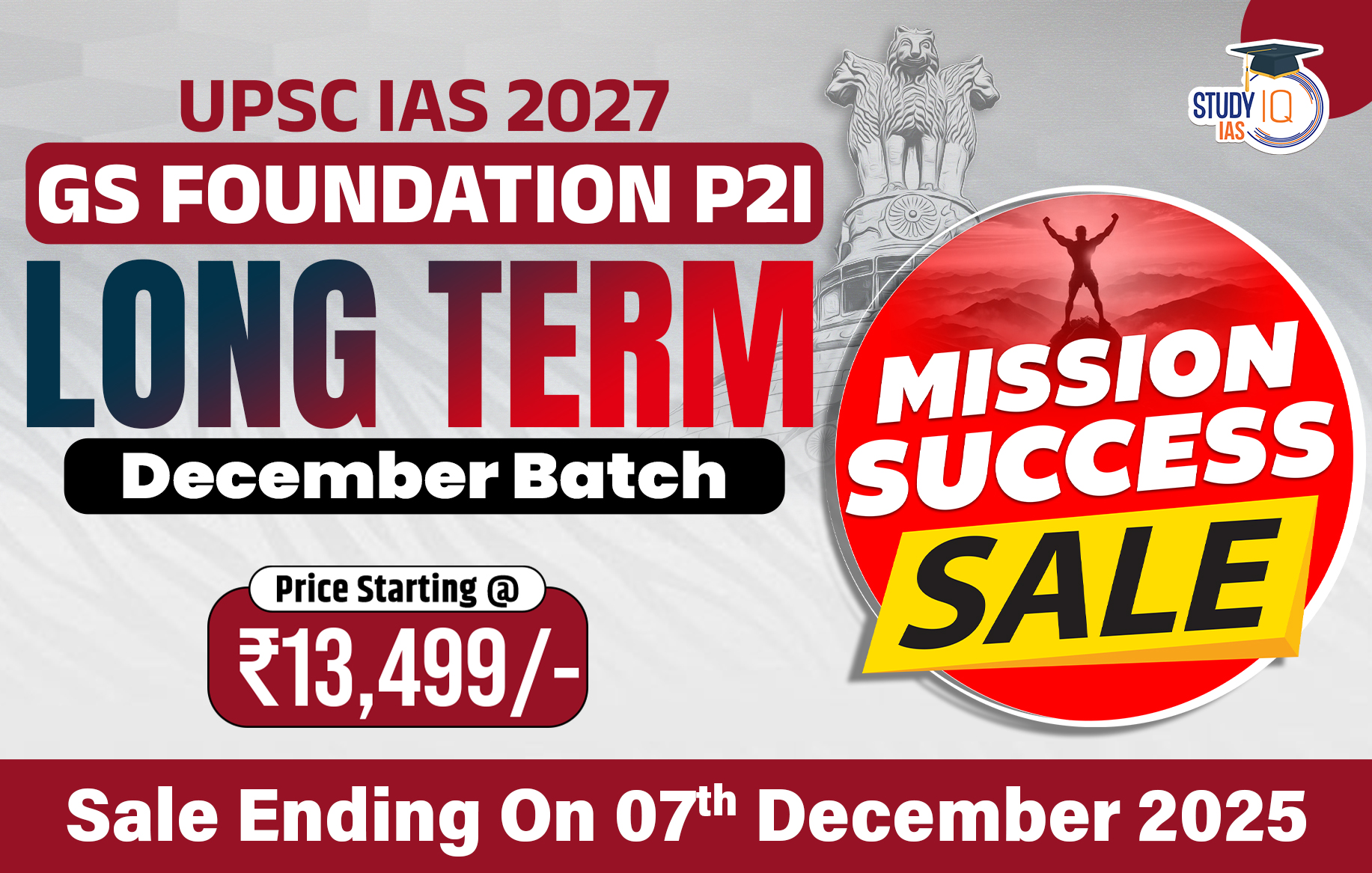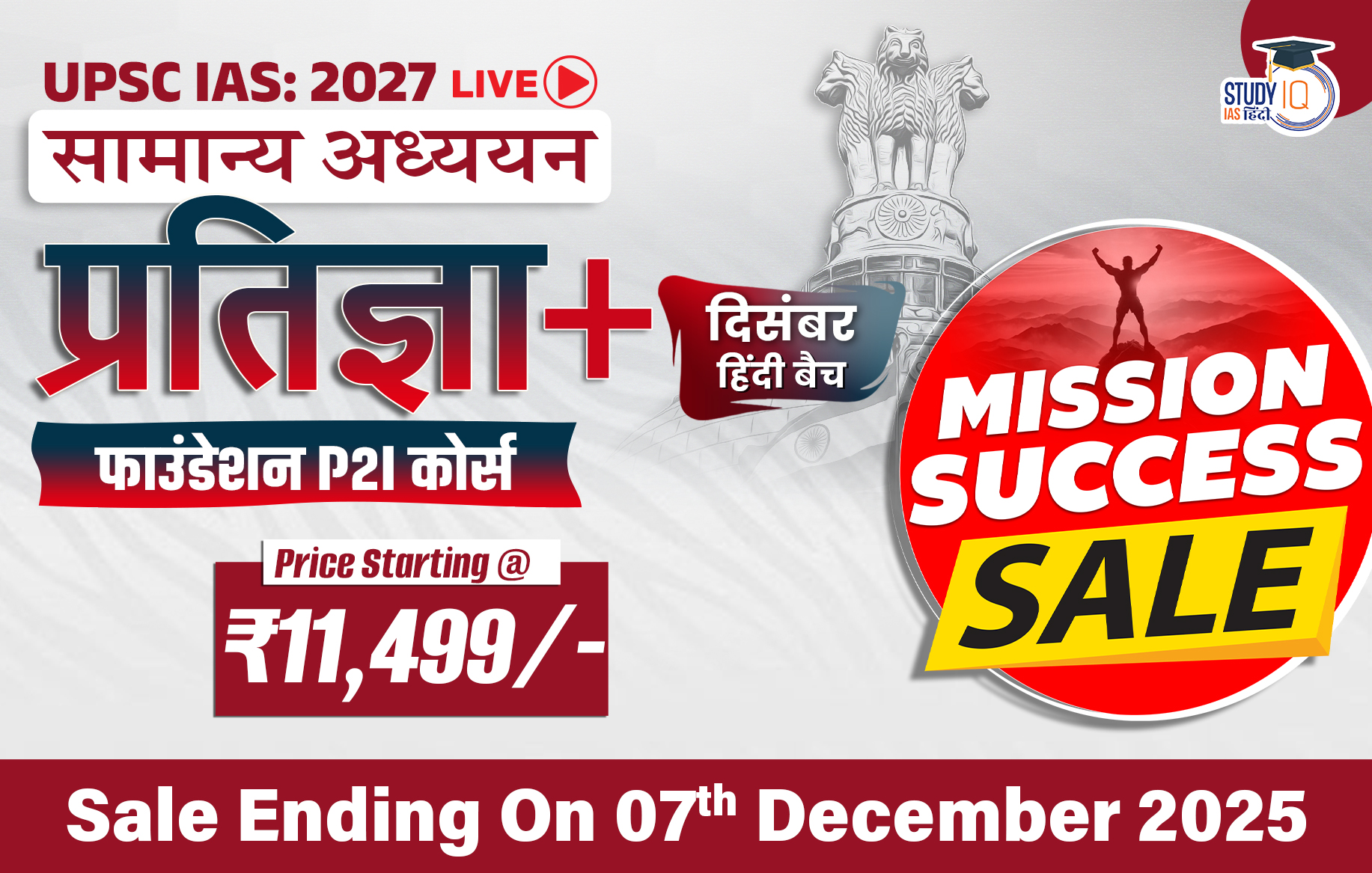Table of Contents
Context: Contrary to past assumptions, high blood pressure is no longer restricted to older adults — it’s increasingly affecting children and adolescents in India.
What is Meant By Hypertension?
- Blood pressure refers to the force with which blood pushes against the walls of the arteries, which are the body’s major blood vessels.
- Hypertension, or high blood pressure, occurs when this force is consistently too high.
- A person is considered hypertensive if:
- Systolic blood pressure is ≥ 140 mmHg, or
- Diastolic blood pressure is ≥ 90 mmHg, or
- The person is taking anti-hypertensive medication to control their blood pressure.
Need to Control Hypertension Among Teens
- Alarming Statistics:
- CNNS (2016–18): 3% of Indian adolescents had hypertensive BP levels; 9.1% in urban areas.
- NFHS-5: 12% of teens (15–19 years) had elevated blood pressure.
- Delayed Detection: Most adolescents are unaware of their condition until adulthood, by which time health complications may already be underway.
- Long-Term Risks: Unchecked adolescent hypertension increases the likelihood of cardiovascular diseases, kidney damage, and stroke later in life.
Concerns Associated with the Rise in Teen Hypertension
- Rising Childhood Obesity: Increasing body mass index (BMI) due to poor diets and sedentary lifestyles is a major risk factor.
- Sedentary Digital Lifestyle: Reduced outdoor activity and screen-heavy routines limit the physical exercise necessary to regulate blood pressure.
- High Salt Intake: Adolescents consume over 8 grams of salt daily — nearly double the WHO’s adult recommendation.
- Major sources: processed snacks, junk food, and salty street foods.
- Early Habit Formation: Kids develop a taste for high-salt, high-fat foods early, disliking healthier alternatives.
- These preferences become hard-wired, increasing future risk.
Way Forward to Improve the Situation
- Strengthen PM POSHAN’s Nutritional Goals: Incorporate fresh, regionally-inspired menus with reduced salt and oil.
- Focus on diversity and seasonal produce.
- Promote Food Literacy in Schools: Introduce nutrition education similar to Japan’s ShoKuiku
- Teach students about the origins and impacts of food choices.
| Japan’s Steps (ShoKuiku Model) |
Vietnam’s Steps
|
- Reduce Salt in Packaged Foods: Enforce mandatory front-of-pack labelling.
- Limit marketing of junk food to children.
- Make Physical Activity Non-Negotiable: Ensure physical exercise is part of the daily school routine.
- Promote games, yoga, and sports
- Early Screening and Awareness: Conduct regular BP monitoring and BMI checks in schools.
- Create awareness campaigns among parents and teachers.
- Collaborate with Local Communities: Involve parents, Anganwadi workers, and local NGOs to sustain healthy habits at home.
- Encourage kitchen gardens in schools for hands-on learning.

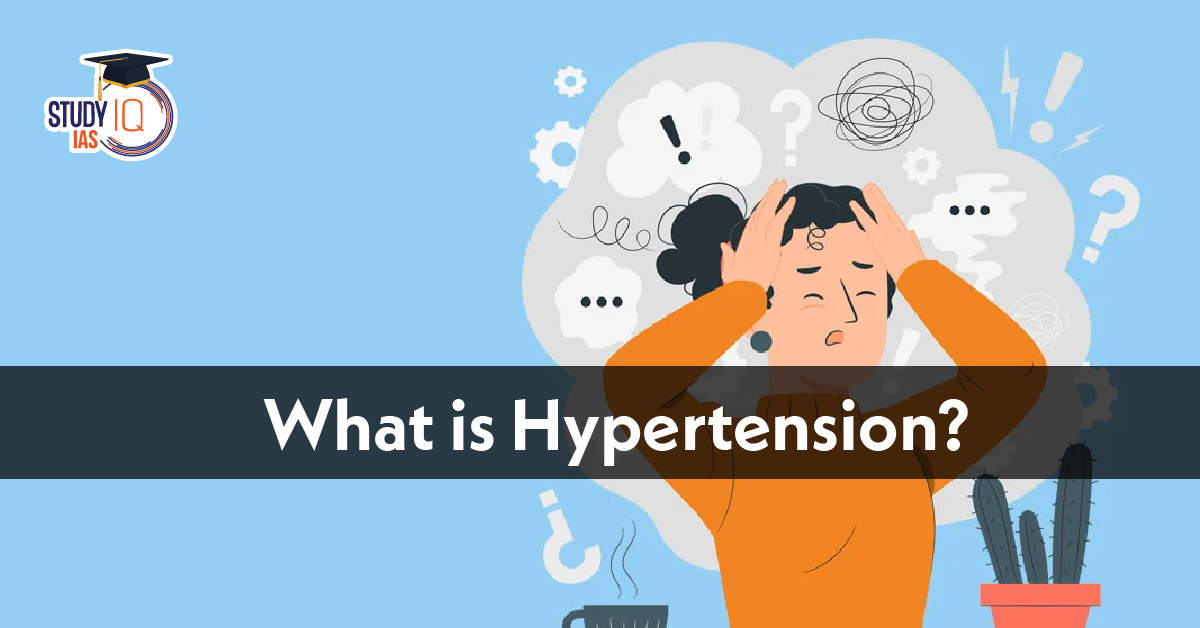
 Advanced Air Defence Radars: Types, Comp...
Advanced Air Defence Radars: Types, Comp...
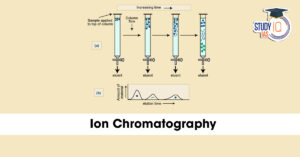 Ion Chromatography, Working and Applicat...
Ion Chromatography, Working and Applicat...
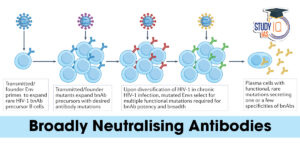 Broadly Neutralising Antibodies (bNAbs):...
Broadly Neutralising Antibodies (bNAbs):...

